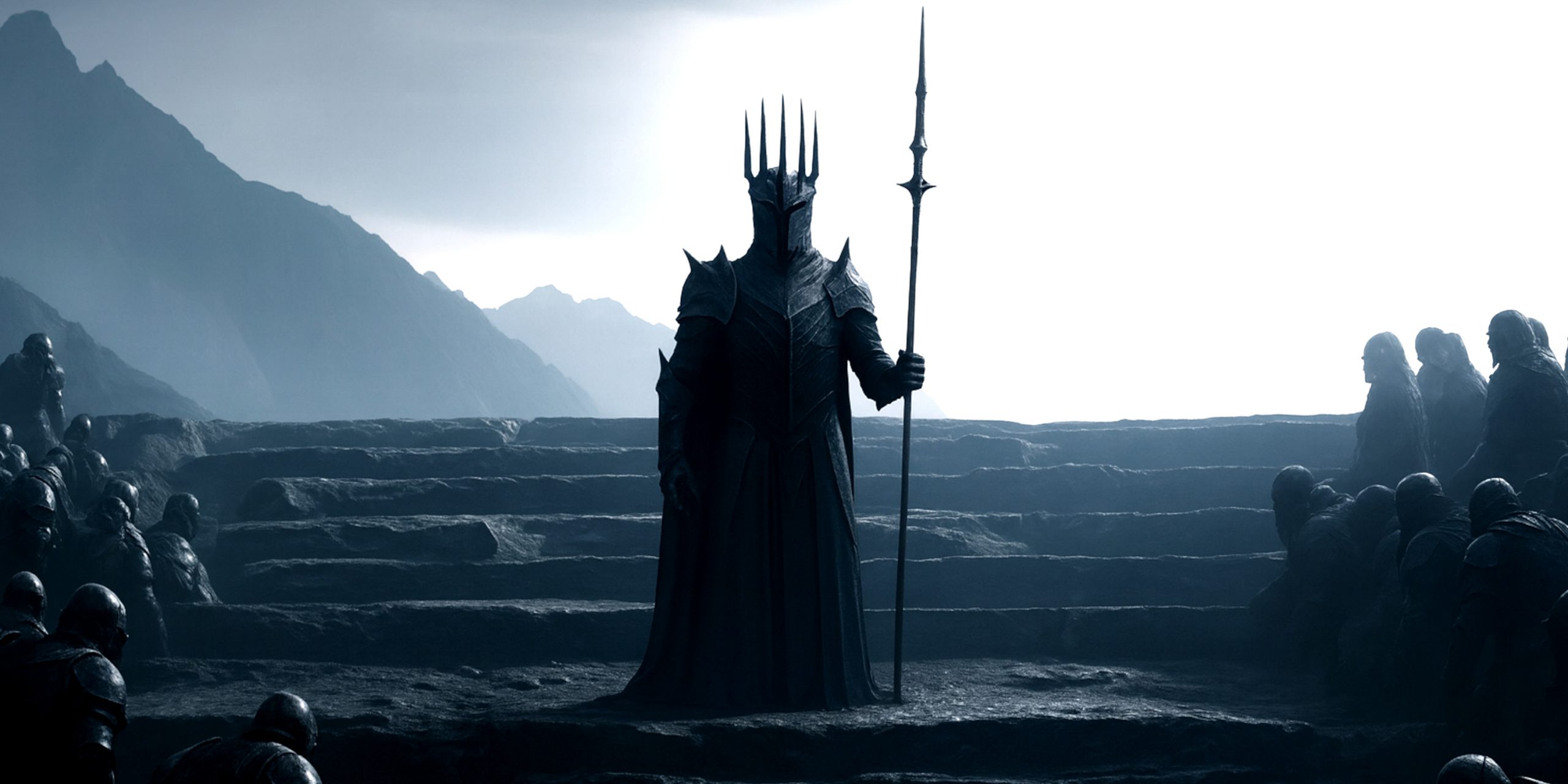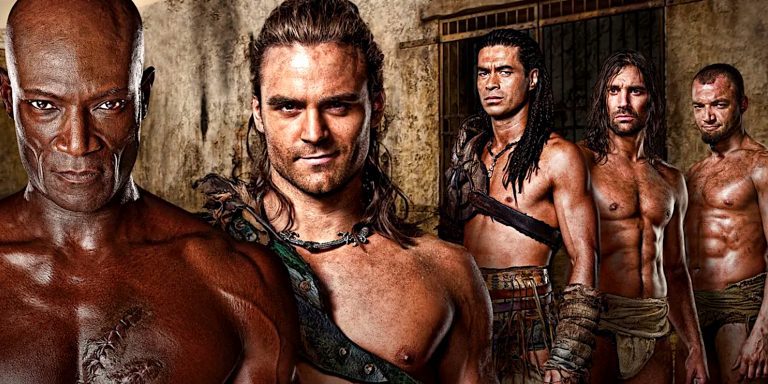
The Big Reveal: Sauron in Plain Sight
After seven episodes of fake-outs, whispered threats, and enough mysterious stares to fuel an entire season of Love Island, the Rings of Power: Season One finale finally pulled the curtain back. Halbrand was Sauron all along. Not a lost king, not a charming rogue, but the Dark Lord himself playing everyone like fiddles at a Shire harvest festival.
What makes it even more unsettling is how casually he slides into the role. His interactions with Galadriel shift from partner-in-crime banter to an unsettling “join me or else” power trip. The fact that she nearly goes along with it only sharpens the tension. Sauron is manipulative, persuasive, and disturbingly relatable at points. That’s scarier than any spiky armour set.
The First Rings Are Forged
The title wasn’t lying to us. The final episode gives us the birth of the Rings of Power. Celebrimbor, guided (or tricked, depending on how much credit you give Sauron), crafts the first three rings. These aren’t the ones for men or dwarves, but the ones for the elves, the cleanest and most powerful of the bunch.
What’s clever here is how the show avoids instantly dropping all twenty rings at once. Instead, it teases the mechanics and magic, showing how subtle corruption seeps into creation itself. It’s less about shiny jewellery and more about temptation, pride, and ambition. Very Tolkien. Very binge-worthy.
Galadriel’s Choice
The finale doesn’t just reveal Sauron. It puts Galadriel’s convictions under a white-hot spotlight. She could expose Halbrand immediately, but she chooses silence, letting Celebrimbor continue his work. That decision speaks volumes. Galadriel, the warrior, realises that sometimes knowledge itself can destroy morale faster than orc blades.
It’s also a reminder that her own hubris nearly handed Middle-earth to its greatest enemy. That guilt is going to hang over her like a storm cloud in season two, and it sets up her transformation into the more cautious, wise figure fans recognise in the later tales.
The Stranger Heads East
Meanwhile, the not-so-subtle Gandalf tease gets louder. The Stranger, now aligned with Nori, is heading east to Rhûn. His “always follow your nose” line might as well have been written in neon script. While the show hasn’t confirmed he’s Gandalf outright, it’s about as obvious as Mount Doom being a bad holiday destination.
This subplot matters because it stretches the map and pushes the story outside the usual elf-kingdom comfort zones. It’s the writers planting seeds for the wider cosmology of Middle-earth, showing us there’s more to explore than elves arguing about destiny.
An ending that opens new possibilities
The finale leaves us with three critical takeaways:
- Sauron revealed: His subtle manipulation is the true danger, not just his armies.
- The Rings begin: The forging has started, but corruption has already stained them.
- Paths diverge: Galadriel, Celebrimbor, and the Stranger all set out on courses that reshape Middle-earth.
In short, the ending isn’t about closing a chapter but cracking open a dozen more. It’s messy, bold, and just the right level of cryptic to keep fans arguing until season two.
The Seven Swords Takeaway
The ending of The Rings of Power season one isn’t a neat bow. It’s a fork in the road. It tells us that Sauron’s greatest weapon isn’t an army of orcs but his ability to twist ambition and ego into chains. It sets up Galadriel’s inner conflict, Celebrimbor’s tragic arc, and the rise of the rings that will define the Second Age.
For all its glossy visuals and sweeping soundtracks, the show’s finale reminds us that Middle-earth thrives on temptation and the choices people make when ambition whispers sweetly. As far as endings go, it’s not a happily-ever-after, but it’s exactly the kind of messy cliffhanger Tolkien fans secretly love.



